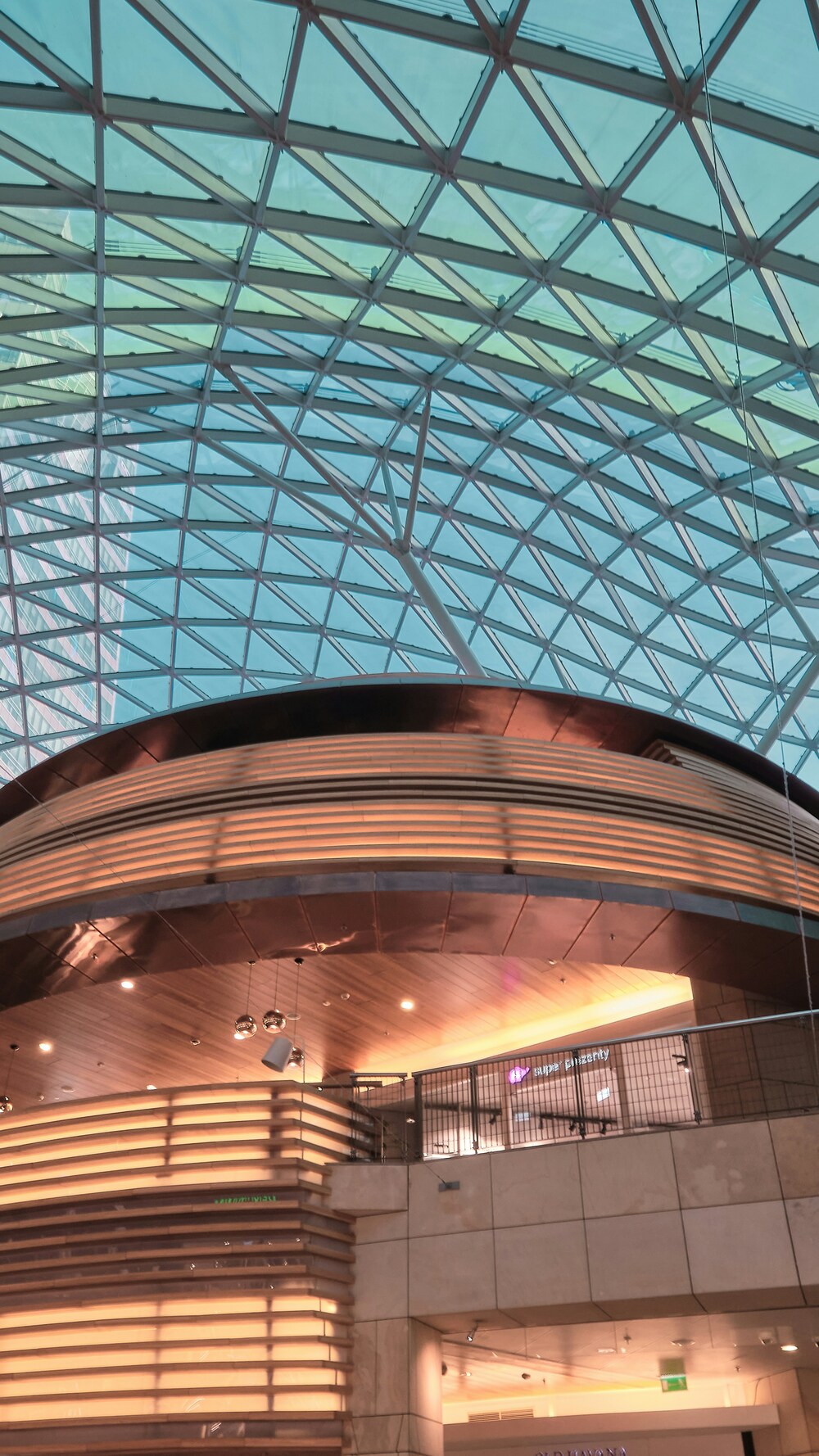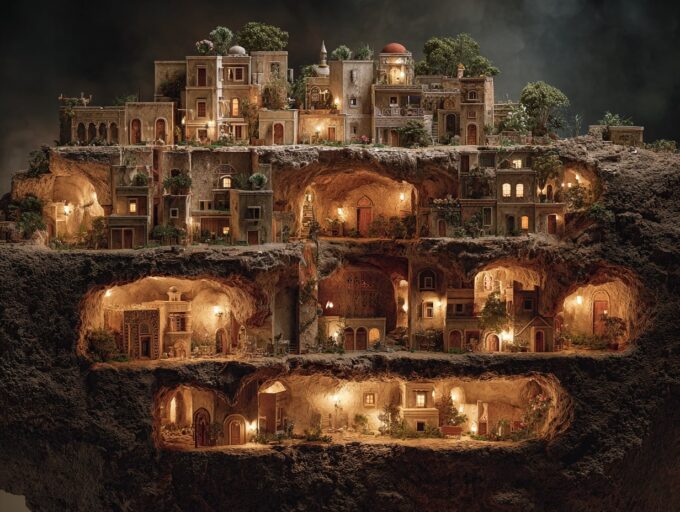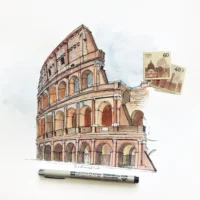- Home
- Articles
- Architectural Portfolio
- Architectral Presentation
- Inspirational Stories
- Architecture News
- Visualization
- BIM Industry
- Facade Design
- Parametric Design
- Career
- Landscape Architecture
- Construction
- Artificial Intelligence
- Sketching
- Design Softwares
- Diagrams
- Writing
- Architectural Tips
- Sustainability
- Courses
- Concept
- Technology
- History & Heritage
- Future of Architecture
- Guides & How-To
- Art & Culture
- Projects
- Interior Design
- Competitions
- Jobs
- Store
- Tools
- More
- Home
- Articles
- Architectural Portfolio
- Architectral Presentation
- Inspirational Stories
- Architecture News
- Visualization
- BIM Industry
- Facade Design
- Parametric Design
- Career
- Landscape Architecture
- Construction
- Artificial Intelligence
- Sketching
- Design Softwares
- Diagrams
- Writing
- Architectural Tips
- Sustainability
- Courses
- Concept
- Technology
- History & Heritage
- Future of Architecture
- Guides & How-To
- Art & Culture
- Projects
- Interior Design
- Competitions
- Jobs
- Store
- Tools
- More
Parametric Design: Shaping the Future of Architecture

Parametric design is revolutionizing architecture by merging advanced technology with creative expression. This approach uses algorithms to generate complex designs based on specific parameters such as spatial needs and environmental factors. Vera Iconica Architecture demonstrates how parametric design can produce innovative, sustainable, and functional spaces that redefine architectural possibilities. This blog explores the significance of parametric design, its impact on sustainability, functionality, and collaboration, and its promising future in the architectural world.
Table of Contents
ToggleWhat is Parametric Design in Architecture?
Parametric design uses algorithms and computational processes to generate complex forms and structures. Architects input specific parameters – such as spatial requirements, environmental conditions, and material limitations – into software that generates a range of design solutions. This method allows for greater flexibility, precision, and efficiency, making it possible to create structures that were once considered unattainable. This design process enables architects to explore numerous design iterations quickly, enhancing creativity and ensuring that every element of the structure serves a purpose. Additionally, parametric design encourages experimentation, allowing architects to push the boundaries of conventional architecture and explore avant-garde forms.

Sustainability and Environmental Adaptation
One of the hallmarks of parametric design is its ability to respond to environmental factors. Architects can optimize building performance by adjusting parameters related to sunlight, wind, and temperature. This leads to more sustainable designs that reduce energy consumption and enhance occupant comfort. For example, a parametric facade can be designed to provide shade during peak sunlight hours while maximizing natural light during other times of the day. Parametric design also facilitates the use of innovative materials and construction techniques, such as 3D printing and modular construction, resulting in buildings that are not only aesthetically striking but also structurally sound. Moreover, parametric tools enable architects to integrate renewable energy solutions, such as solar panels and wind turbines, seamlessly into building designs.
Enhancing Functionality with Parametric Design
The influence of parametric design extends beyond aesthetics and sustainability. It also enhances functionality. Complex geometries and adaptive structures can accommodate diverse uses, from residential spaces to large-scale public facilities. Parametric tools allow architects to design spaces that adapt to changing needs, such as modular interiors that can be reconfigured for different purposes. The ability to iteratively refine designs ensures that architectural solutions are tailored to meet specific needs and challenges, whether it’s maximizing floor space in a high-rise building or creating acoustically optimized concert halls. This adaptability also supports future-proofing buildings, ensuring they remain relevant and functional as societal needs evolve.
A Shift in Architectural Practice
The integration of parametric design into architectural practice represents a shift in how architects approach problem-solving. Rather than relying solely on intuition and manual drafting, they now have access to powerful computational tools that expand the scope of what is possible. This shift is not just about technology; it is about reimagining the role of the architect as both a designer and a technologist. With parametric design, architects can simulate structural integrity, environmental performance, and even user experience during the design phase, leading to more informed decisions and higher-quality outcomes. Furthermore, the use of parametric tools reduces material waste and construction time by optimizing the design for available resources.

Collaboration and Innovation
Parametric design also fosters collaboration across disciplines. Architects, engineers, and builders can work together within a shared digital environment, streamlining the design and construction process. This collaborative approach reduces errors, improves communication, and ensures that the final structure aligns with the original vision. The digital nature of parametric models allows for real-time updates and adjustments, making the design process more dynamic and responsive to input from various stakeholders. Additionally, parametric design facilitates global collaboration, allowing architectural teams to work together across different time zones and geographical locations.
The Future of Architecture with Parametric Design
As the architectural industry continues to evolve, parametric design is set to play an increasingly prominent role. Its ability to combine form, function, and sustainability makes it an invaluable tool for architects aiming to create innovative and resilient spaces. Future advancements in parametric design are likely to include the integration of artificial intelligence, enabling even more sophisticated design processes. AI-driven parametric tools will allow architects to analyze vast amounts of data, predict user behavior, and create highly personalized spaces. The future of architecture is being shaped by those who embrace this method, pushing the limits of design and redefining our built environment. From iconic skyscrapers to eco-friendly housing developments, parametric design is not just a trend but a fundamental shift in how we design and build our world, promising a future where architecture is more responsive, sustainable, and innovative than ever before.
illustrarch is your daily dose of architecture. Leading community designed for all lovers of illustration and #drawing.
Submit your architectural projects
Follow these steps for submission your project. Submission FormLatest Posts
The 10 Most Iconic Buildings in the World and Their Stories
From ancient marvels like the Great Pyramid of Giza to modern icons...
How to Choose the Best Balloon Garland Kit for Your Event Theme
Balloon garlands are now a very popular decoration for today’s celebrations, including...
Dependable Service for Everyday Appliance Problems
When a washer stalls mid-cycle or a fridge warms up, you need...
8 Essential Web-Based Mapping Tools for Modeling Sea Level Rise and Flood Impacts
As climate change accelerates, flood risk and sea level rise have become...











Leave a comment